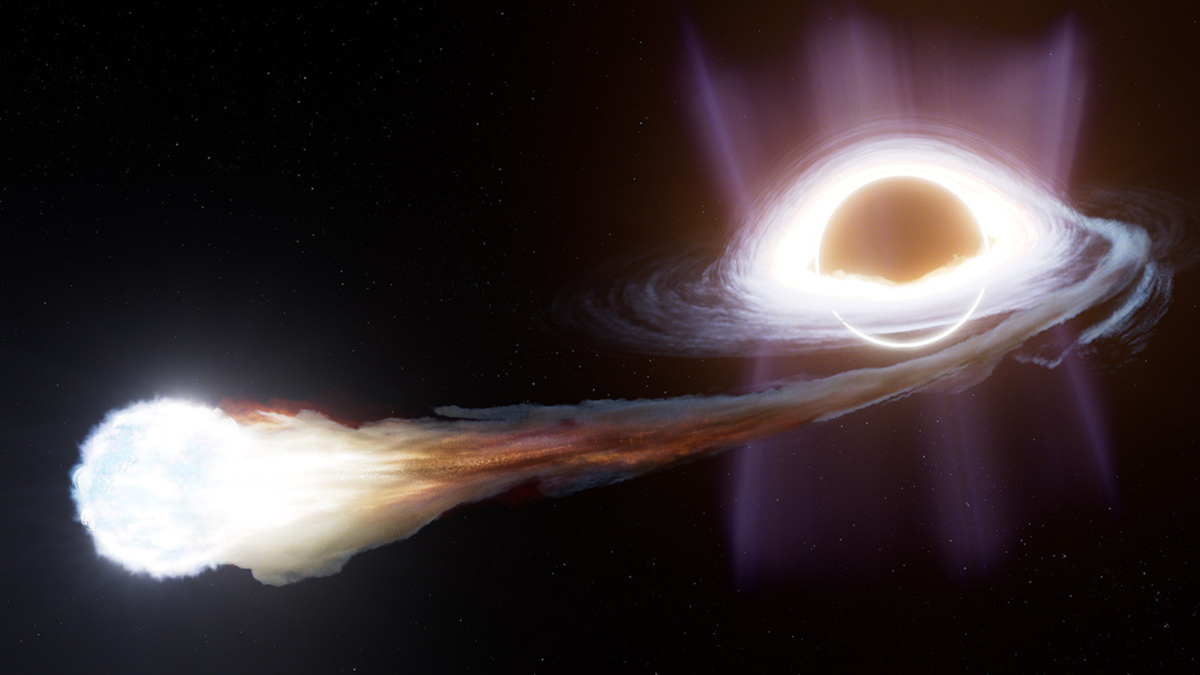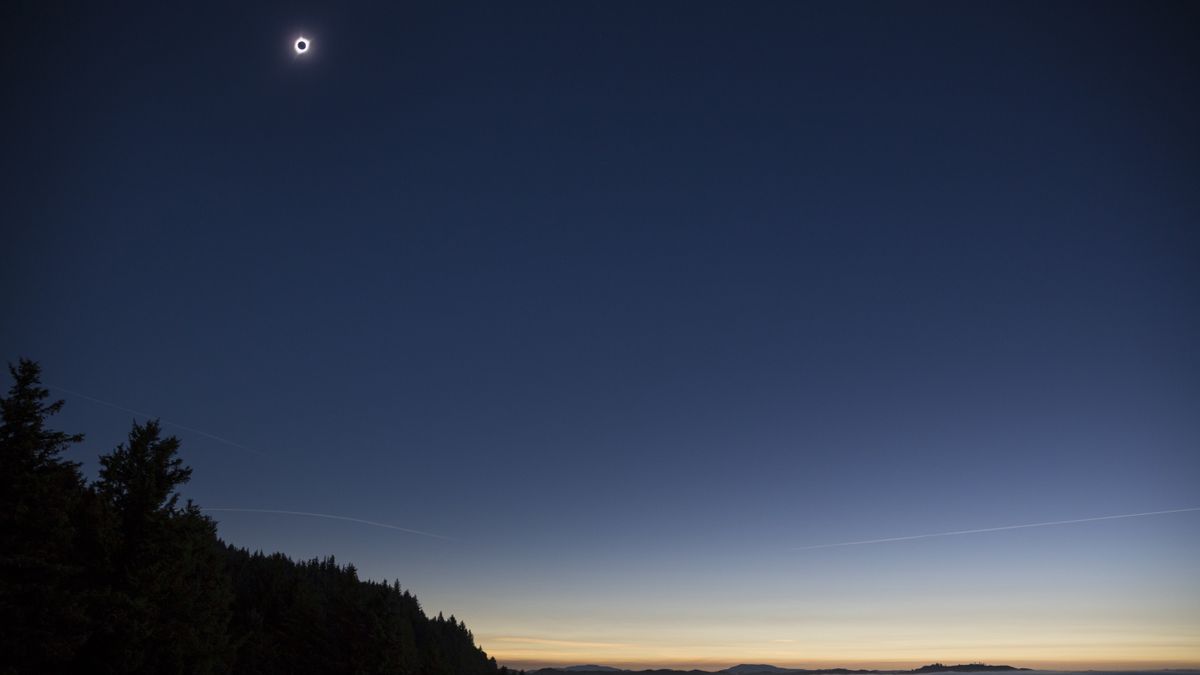NASA’s Upcoming Nancy Grace Roman Telescope to Explore Early Universe
NASA is preparing to launch the Nancy Grace Roman Telescope that could revolutionize our understanding of the universe by studying the remnants of the first Population III (Pop III) stars. These ancient stars, born just a few hundred million years after the Big Bang, were vastly different from the stars we see today due to their “metal-poor” composition, primarily hydrogen and helium without heavier elements. Pop III stars were massive, short-lived, and believed to be hotter than our sun, making them a rare and essential subject for astronomers.
Unveiling the Secrets of Pop III Stars
The research indicates that the Roman Telescope, scheduled for launch in 2027, will focus on identifying the aftermath of Pop III stars that have been devoured by black holes in tidal disruption events (TDEs). These catastrophic events occur when a star comes too close to a black hole, leading to its disintegration into a flattened cloud of matter known as an accretion disk.
During this cosmic “spaghettification,” the doomed star emits intense flares of X-ray, radio, ultraviolet, and optical light visible across vast distances. The evolving nature of TDEs over billions of light-years poses a unique challenge for astronomers to distinguish them from other transient events like supernovas.
The Role of the Roman Telescope
By offering a broader field of view than the Hubble Space Telescope and scanning the sky at an unparalleled speed, the Roman Telescope is poised as the ideal tool for detecting these elusive TDEs. With its High Latitude Wide Area survey capability, covering a vast expanse of the sky outside the Milky Way, the Roman Telescope is expected to capture a substantial sample of early TDEs.
While the James Webb Space Telescope possesses the necessary power to observe distant TDEs, its limited field of view makes it less efficient than the upcoming Roman Telescope in hunting for Pop III star remnants. The cooperative efforts of Roman and JWST aim to unveil the cosmic origins of the universe’s first stars by analyzing the absence of metal lines in the spectra of TDEs, a telltale sign of Pop III star destruction.
Unlocking the Mysteries of the Universe
By combining the capabilities of the Roman and James Webb Space Telescopes, astronomers hope to shed light on the evolutionary impact of early stars on subsequent stellar generations and galaxies. This collaborative research, recently featured in the Astrophysical Journal Letters, holds the promise of unraveling the secrets of the universe’s infancy and its profound influence on cosmic evolution.
Image/Photo credit: source url





